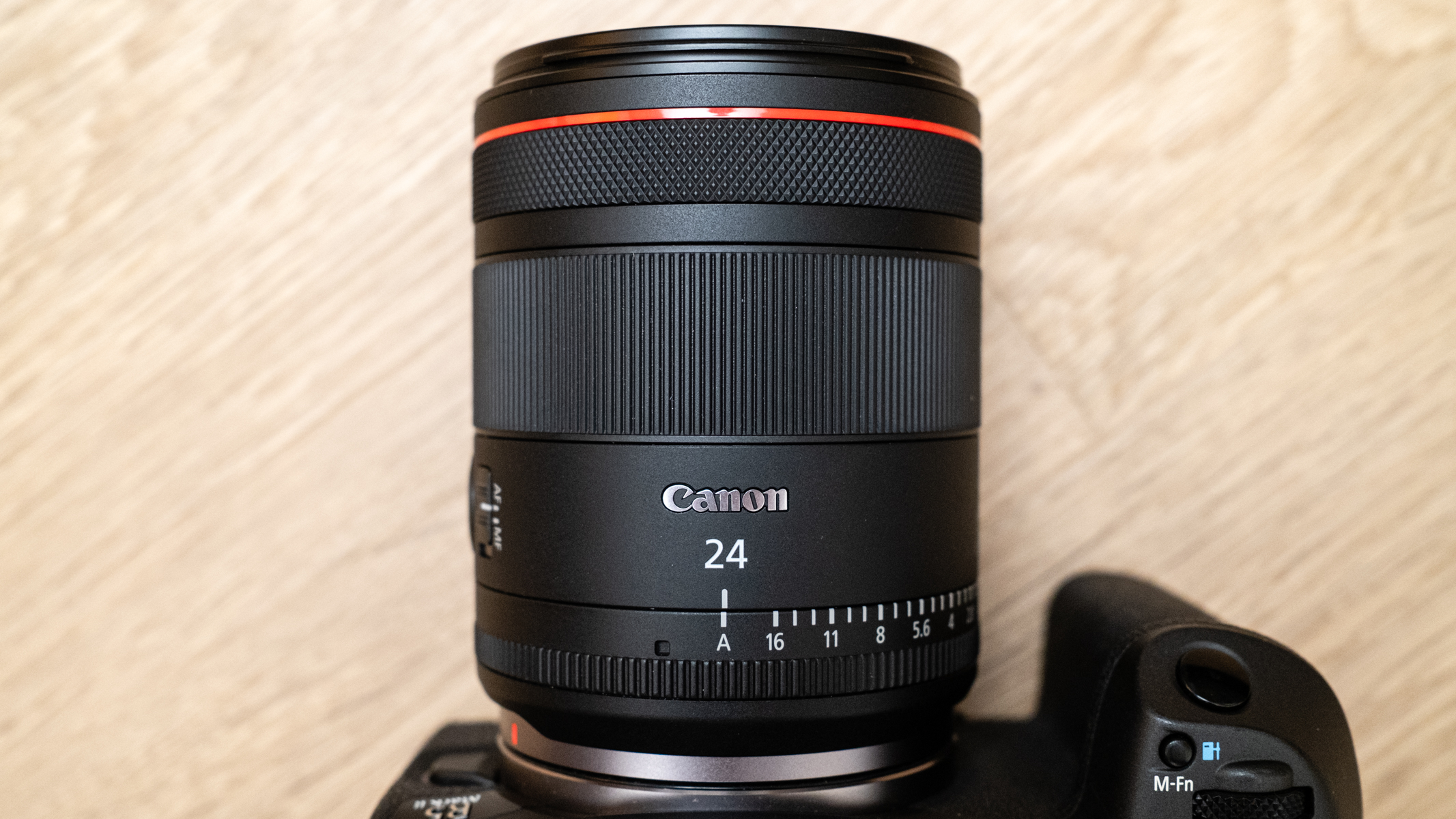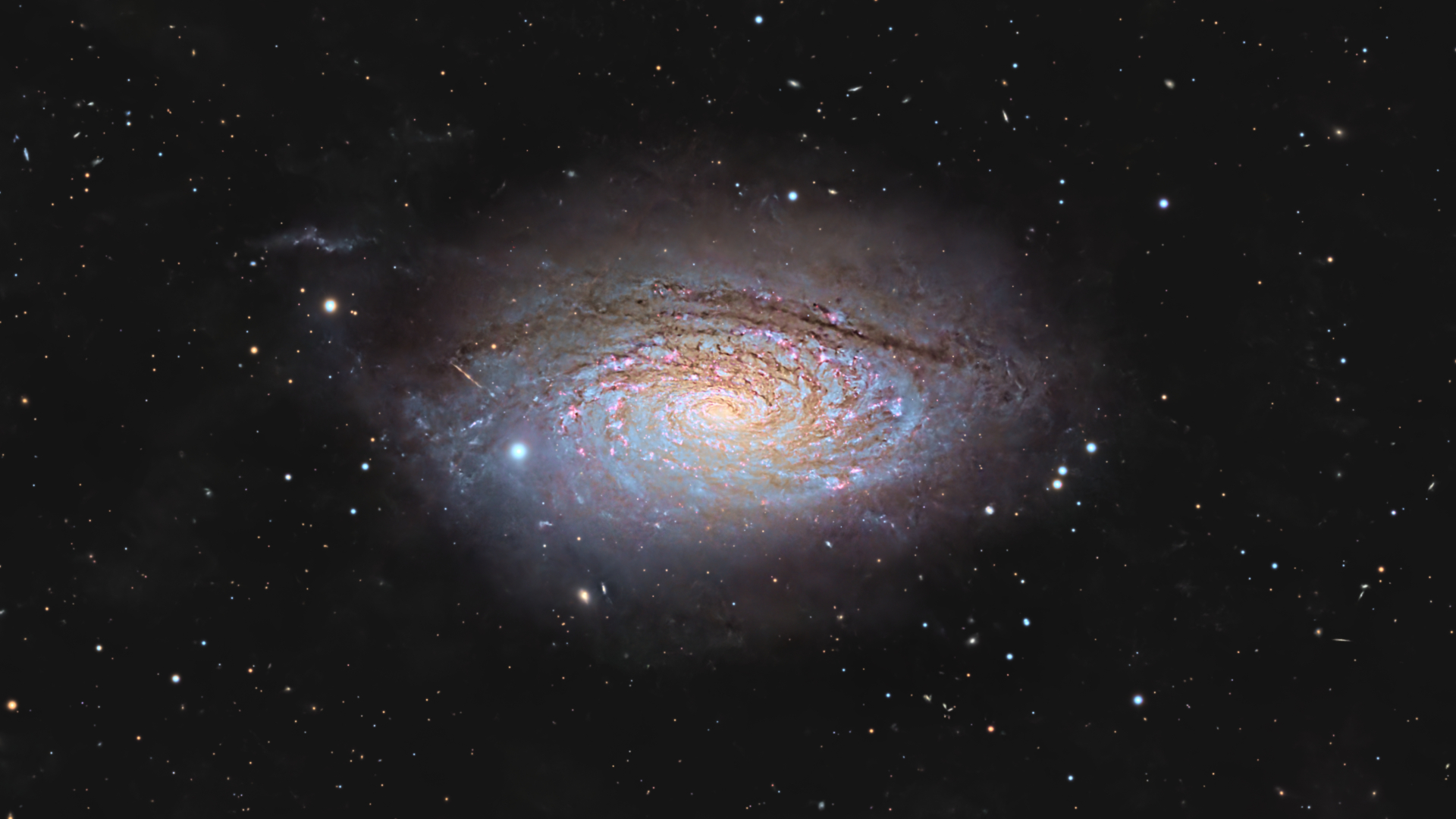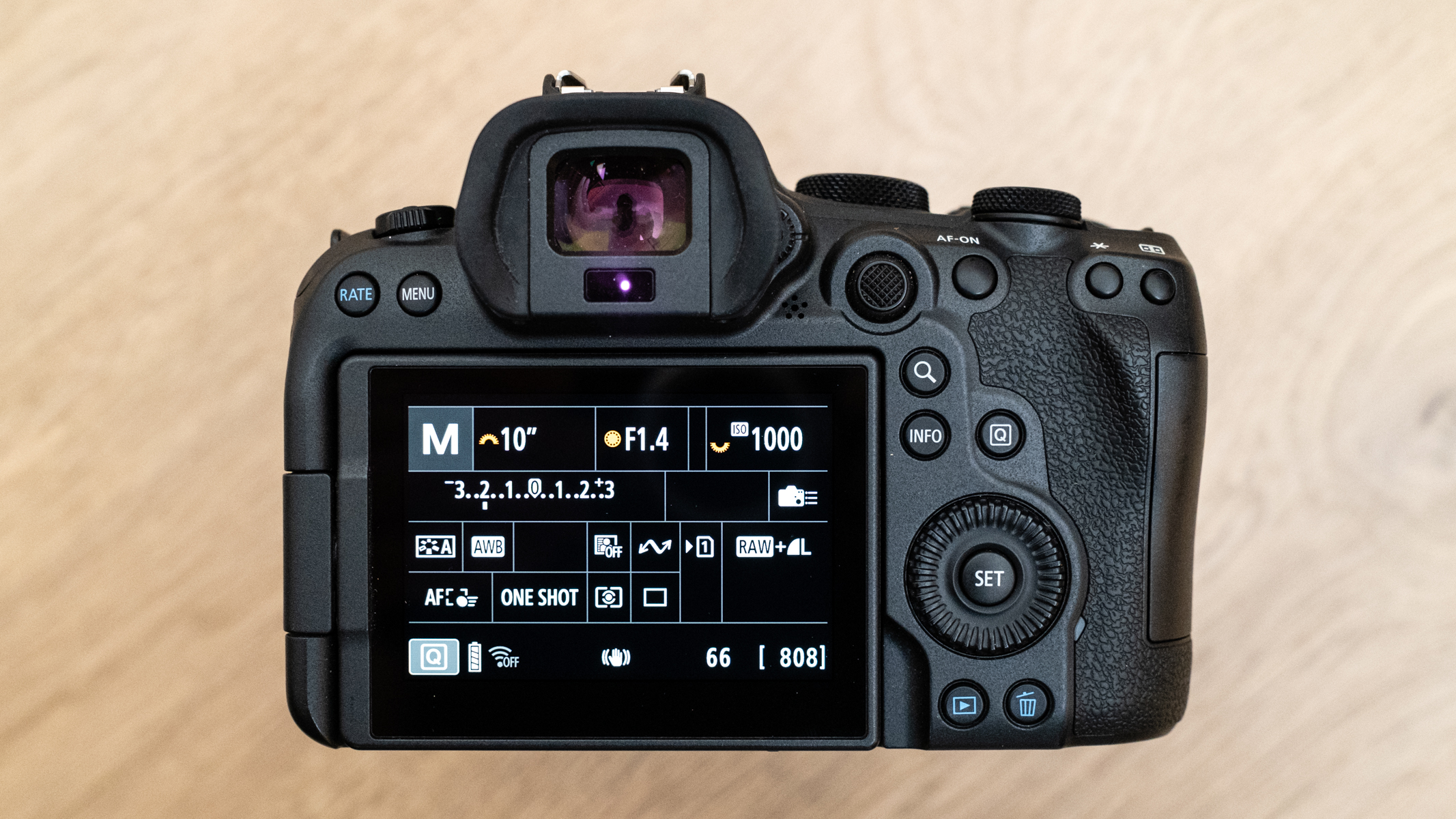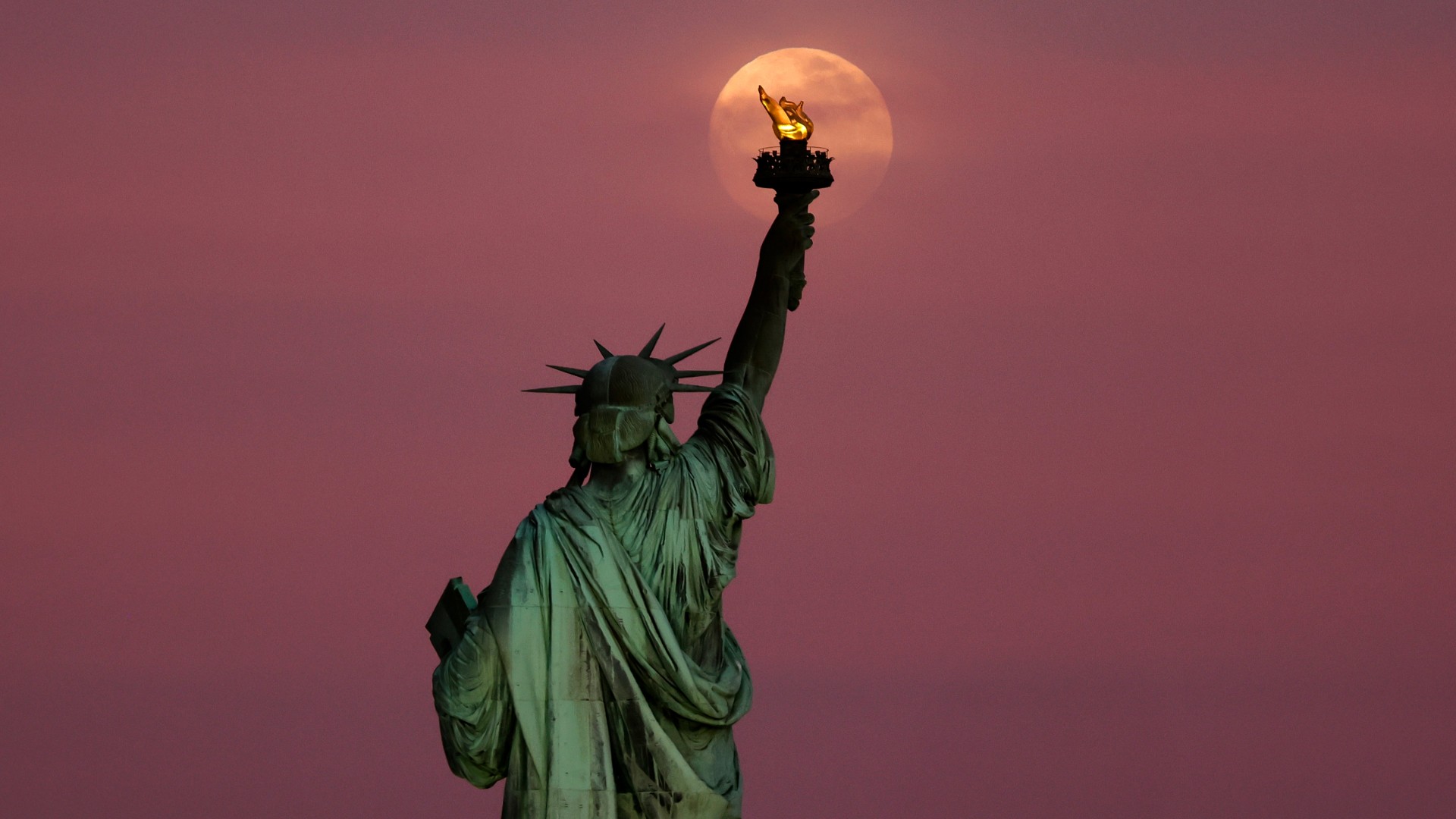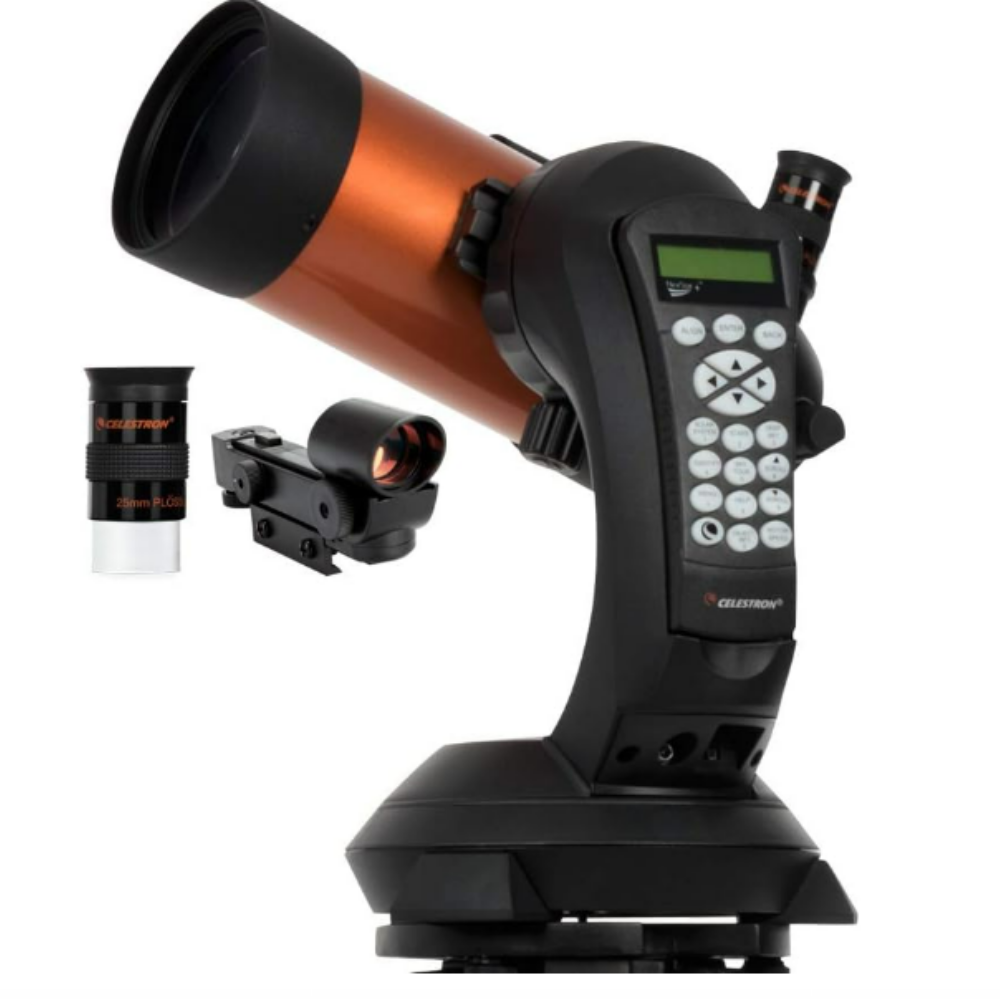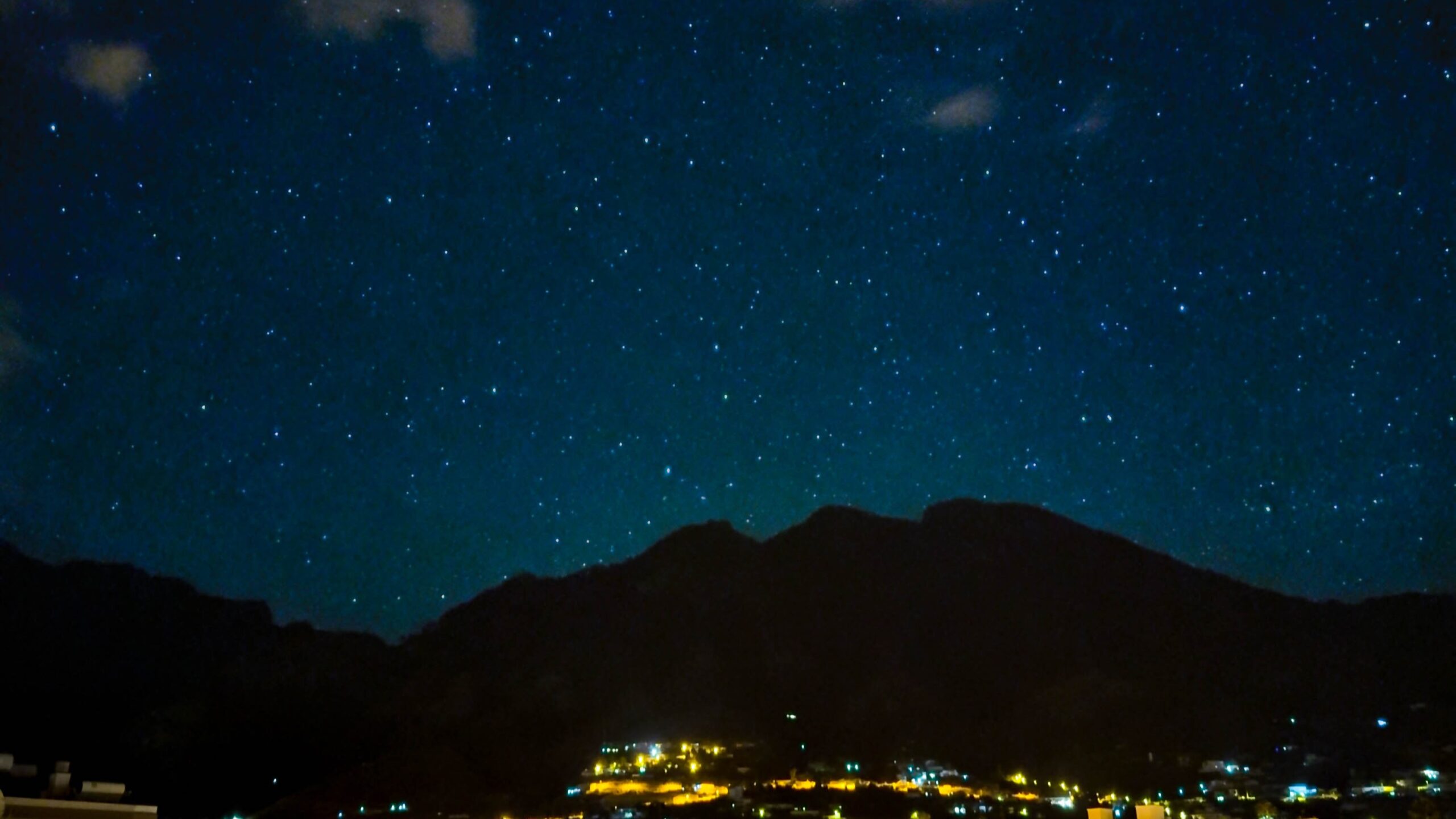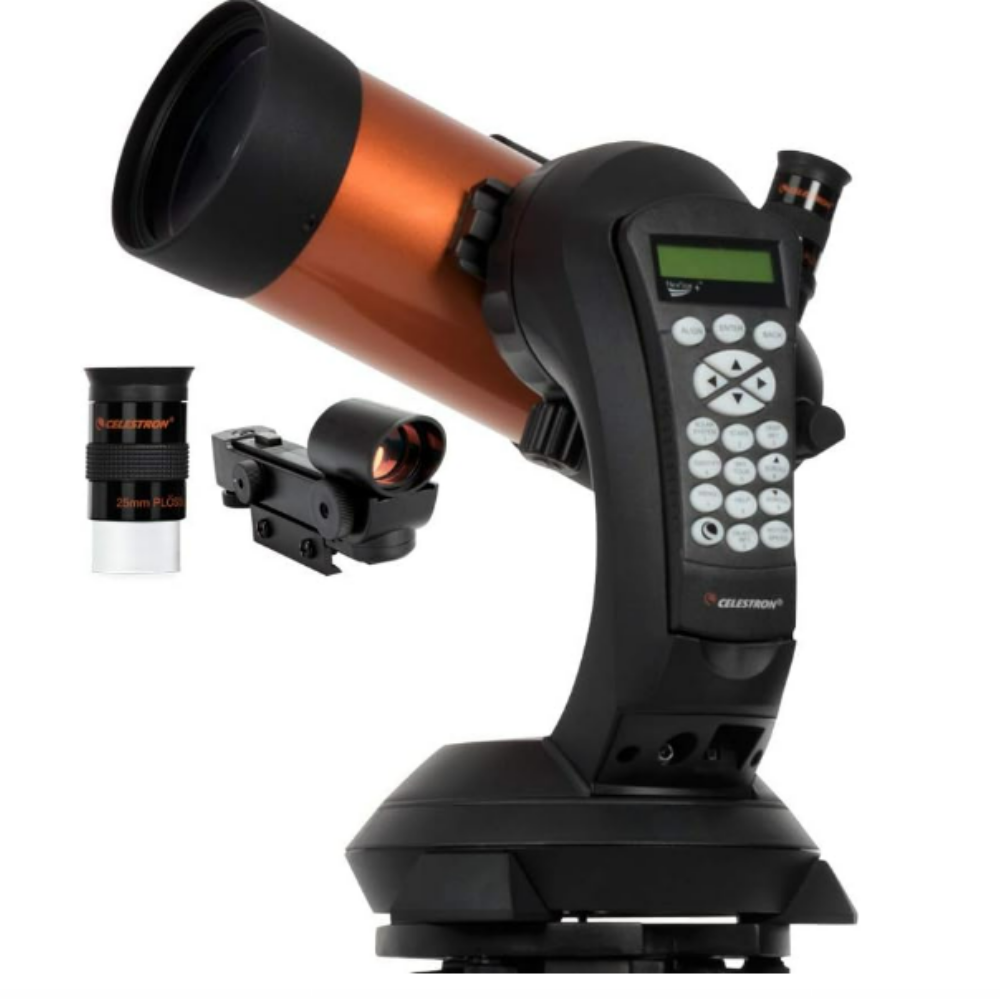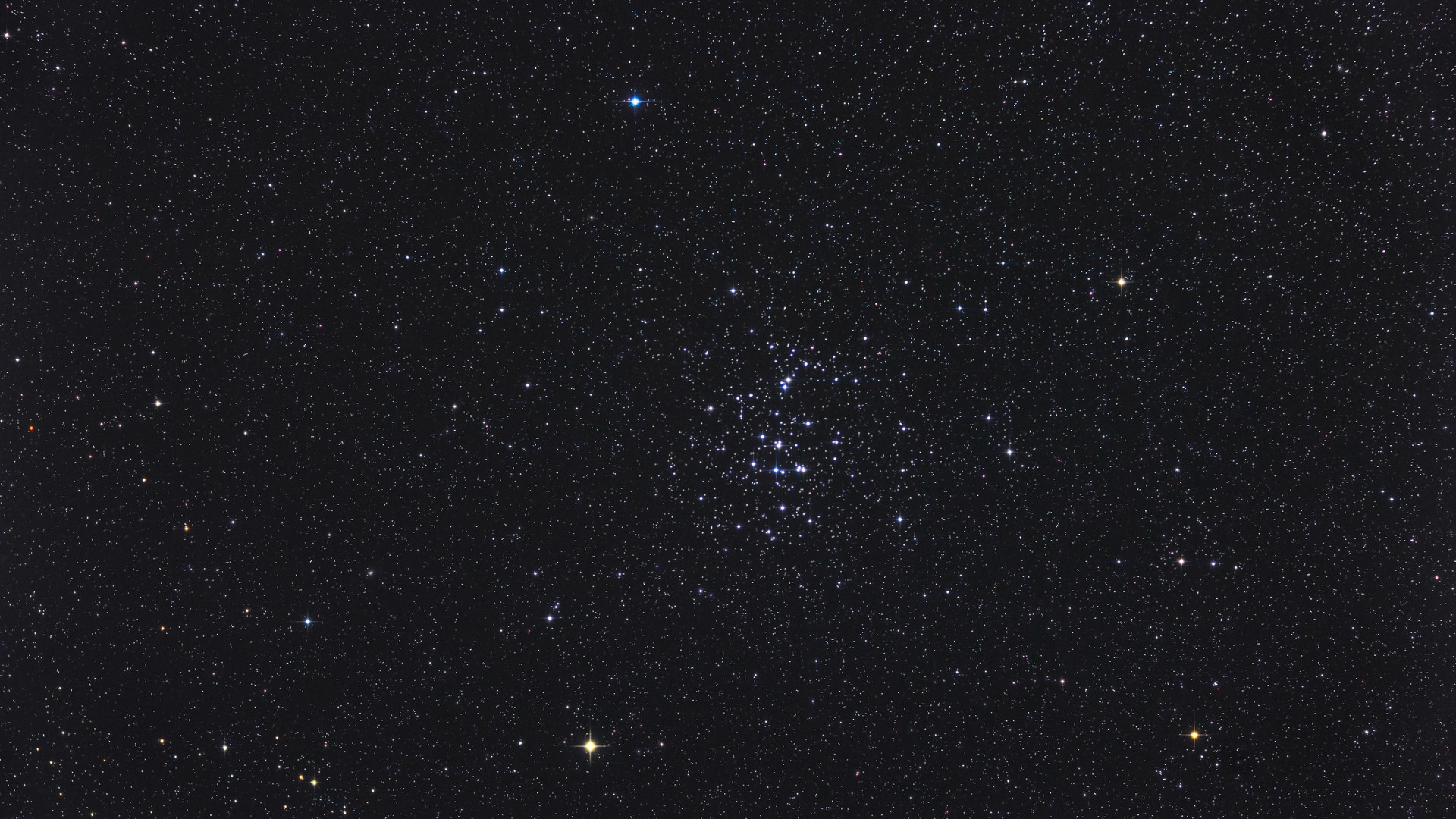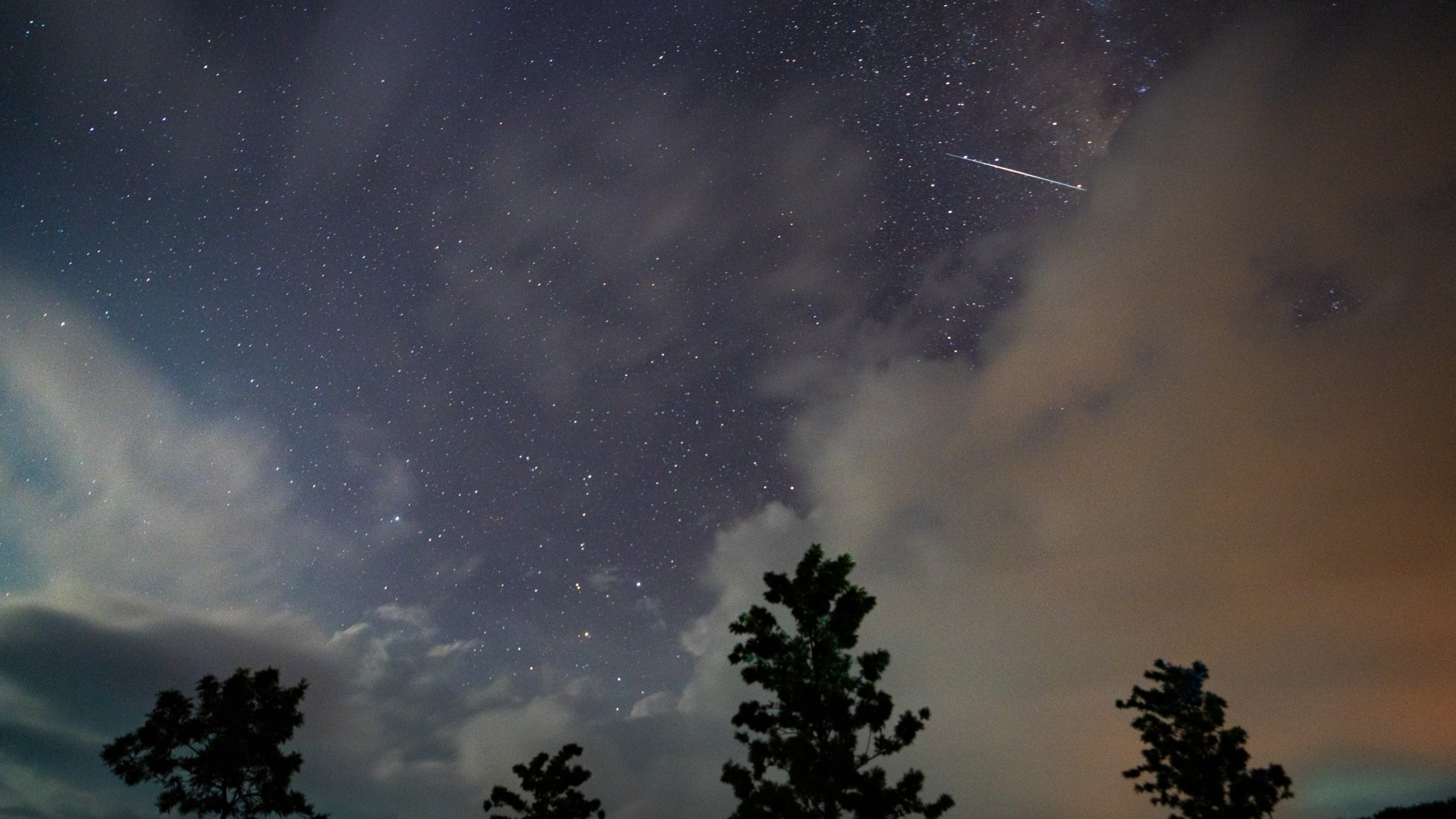Key specs Type: Prime lens Focal length: 24mm Maximum aperture: f/1.4 Lens mount: Canon RF Weight: 18.17 oz / 515 g Dimensions: 3.01×3.90 in / 76.5×99.3 mm Filter thread: 67mm Release date: October 2024 Prime lenses are coveted for their image quality and fast maximum apertures, and although the Canon RF 24mm f/1.4L VCM relies heavily on in-camera or in-software lens corrections, depending on the file type you are capturing, image quality is still what you’d expect from an L-Series lens. Throw in the excellent build quality and weather sealing,…
Read MoreTag: Stargazing
Amateur astrophotographer catches a cosmic sunflower in bloom
Ronald Brecher captured this stunning view of the ‘Sunflower Galaxy’ in April 2025. (Image credit: Ronald Brecher) Astrophotographer Ronald Brecher has captured a gorgeous view of the ‘Sunflower Galaxy’ (Messier 63) from his backyard observatory near the city of Guelph in southwestern Ontario, Canada. Brecher’s deep-sky portrait reveals incredible detail in the arms of the spiral galaxy, the patterning and structure of which bear a striking resemblance to the head of a cosmic sunflower. M63 can be seen shining with the radiation cast out by a multitude of giant newly-birthed…
Read MoreCanon EOS R6 Mark II review
Key specs Type: Mirrorless Sensor: 24.2MP full-frame CMOS sensor Lens mount: RF/RF-S ISO range: 100-102,400 Viewfinder resolution: 3.69m dot OLED Video capability: 4K up to 60 FPS, 4K/FHD Timelapse up to 30 FPS, FHD up to 180 FPS Weight: 1.48 lbs / 670 g with card and battery Size: 5.44×3.87×3.48 in / 138.4×98.4×88.4 mm Memory card type: 2x SD/SDHC/SDXC (UHS-II) Feeling pretty much like a more enthusiast-friendly version of the Canon EOS R5 Mark II, the Canon EOS R6 Mark II offers similar hybrid photo and video capabilities alongside being…
Read MoreMay’s full Flower Moon delights skywatchers worldwide with stunning lunar display (photos)
May’s full ‘Flower Moon’ bloomed brightly on May 12, dazzling stargazers with a spectacular display of reflected luminance. Named for the colorful wildflowers that bloom across North America and Europe this time of year, the May full moon is also known as the Milk Moon, Hare’s Moon, or Corn Moon over the centuries, according to NASA. Regardless of what you call it, a full moon is catnip to the astrophotography community — and his one was no exception. Photographers around the world turned out in force to capture stunning compositions…
Read MoreThe 2025 full Flower Moon rises tonight: Here’s what to expect
The Full Flower Moon 2025 rises tonight! The May full moon gets its name from the abundance of wildflowers that spring into life at this time of year, and it promises a stunning view for skywatchers around the world. The Flower Moon will be 100% illuminated at 12:56 p.m. EDT (17:56 GMT) today (May 12), at which point Earth’s closest celestial companion will be well below the horizon for skywatchers across the U.S. This sets the stage for a dramatic lunar entry when the full moon rises over the southeastern…
Read MoreI went to STARMUS La Palma for science and music — I came back in love
They call La Palma the island of stars, and in April 2025, it became the epicenter for science, stargazing and music. I was there for STARMUS, a festival that brings together Nobel Prize winners, astronauts, musicians and science enthusiasts for several days of talks, performances and cosmic inspiration. But nothing prepared me for the moment I first looked up at the night sky. Standing upon the rooftop terrace of our hotel, in the beautiful town of Los Llanos de Aridane, I was in awe. The stars didn’t twinkle, they blazed.…
Read MoreWatch the moon and bright star Spica meet in a celestial dance on May 9
The bright star Spica will appear to dance around Earth’s moon on the night of May 9. Here’s how to catch the celestial pair at play ahead of next week’s full ‘Flower Moon’. Stargazers should look for the moon and Spica hanging above the eastern horizon on May 9 after sunset. The waxing gibbous moon will shine brightly, with just a thin crescent of shadow along its edge. Look to its lower left after 10 p.m. local time — once astronomical twilight fades, the bright star Spica will become easier…
Read MoreZWO Seestar S30 all-in-one smart telescope review
ZWO’s entry into the smart telescope market is the Seestar S30, a compact and highly portable instrument. This model is available in both 30-mm- and 50-mm-aperture versions, but this review focuses on the former, which comes at a recommended retail price of just $349. But is the Seestar S30 the bargain of the century, or do you get what you pay for? ZWO Seestar S30 All-in-One Smart Telescope: Design The Seestar S30 has a compact, minimal design. (Image credit: Future) ★★★★ Compact design Very quiet mechanism Small 30-mm aperture, with…
Read MoreSee the moon and Mars buzz a cosmic Beehive this weekend
It is rare when we highlight a celestial event (or events) that involves the zodiacal constellation of Cancer the Crab. In Greek mythology, Cancer was summoned to distract Hercules when he was battling the multiheaded Hydra the Serpent. The crab was crushed by Hercules’ foot, but to reward his effort Hera placed it among the stars. One of my astronomy mentors, the late Dr. Ken Franklin of New York’s Hayden Planetarium, used to refer to Cancer as “the empty space” in the sky. Indeed, it’s the least conspicuous and second…
Read MoreThe Eta Aquarid meteor shower peaks May 6. Here’s what to expect from the ‘crumbs’ of Halley’s Comet
Among the top 10 meteor showers appearing annually, one of the best will be reaching its peak on Tuesday morning (May 6). The Eta Aquarid shower ranks among the top four in terms of overall activity. Because the meteors appear to emanate from a spot on the sky (called the “radiant”) in the Water Jar of the Aquarius constellation — hence the name “Aquarids” — their visibility favors prospective skywatchers south of the equator. Indeed, for those living in the Southern Hemisphere (Santiago, Johannesburg Melbourne, Auckland), the Eta Aquarid radiant…
Read More